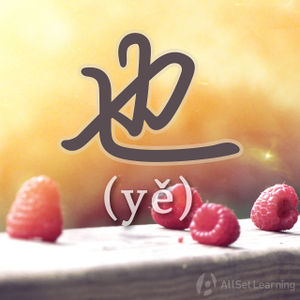Using "ye" and "dou" together
-
Level
-
Similar to
-
Used for
-
Keywords
Sometimes you want to say that a group of people have something in common with something else. If this is the case you'll want to use 也 (yě) and 都 (dōu) at the same time. Put 也 first!
Structure
If you're using 也 and 都 in the same sentence, put 也 first:
Subject + 也 + 都 + Verb + Object
Some examples:
- 他们 也 都 是 法国 人。They are also all French people.
- 我们 也 都 喜欢 喝 啤酒。We also all like to drink beer.
- 你们 也 都 是 学生 吗?Are you all students too?
Structure
If you're putting 不 and "也""都"together,it's gonna have two different meanings with 也不都 and 也都不。也不都 means "not all", as the same as"不都“,while 也都不 means "none", as the same as "都不".
Subject + 也 + 都不 + Verb + Object
Subject + 也 + 不都 + Verb + Object
Some examples:
- 我们学校的留学生也不都是美国人。Not all the foreign students from our school are Americans.
- 他们都不抽烟,我们也都不抽烟。They don't smoke and neither do we.



